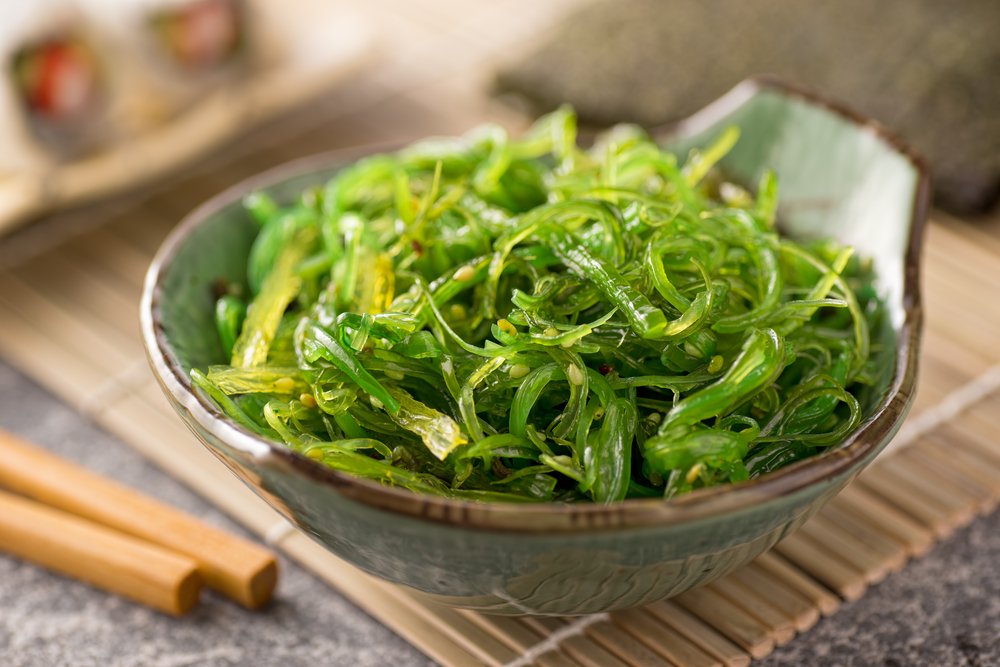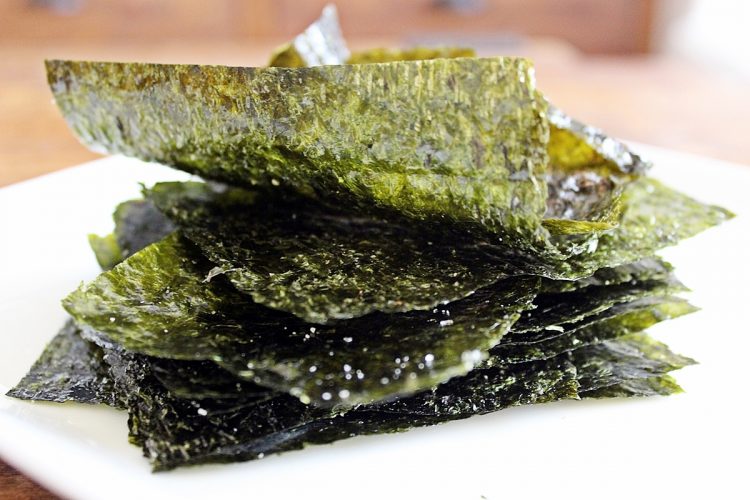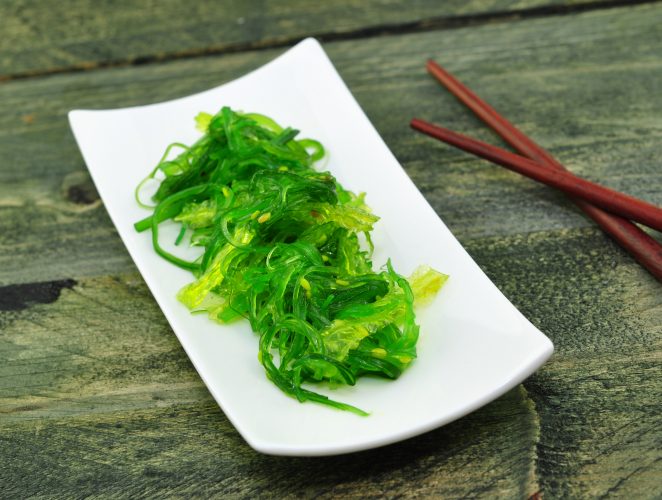
Excessive hair loss can be a distressing condition for any woman, and preventing it can be a bigger challenge. Among preventative measures, studies have shown the benefits of marine algae, also known as seaweed, for hair growth and maintenance. Adding seaweed to your diet may help in restoring and growing your hair.
Factors such as hormonal changes, medications, poor nutrition, irritation and damage from hair treatments can all contribute to unwanted loss. On average, losing 50-100 hairs per day is considered normal.
About Seaweed
Talking of Seaweeds, they are one of nature’s true wonder foods! They are one of the most nutritionally dense plants on the planet and also the most abundant source of minerals in the plant kingdom as they have access to all the nutrients in the ocean. According to “Nutrition Reviews,” seaweeds have higher levels of minerals such as calcium than terrestrial vegetation and contain essential fatty acids omega-3 and omega-6 essential food for hair follicles to stimulating hair growth. Many seaweeds get direct sunlight, making them rich in antioxidants; vitamins A, B, C and E, and protective pigments. Some seaweeds, such as nori, are high in protein, while brown seaweeds contain chlorophyll for photosynthesis. Iodine, iron, phosphorous, potassium, manganese, porphyran, copper, and zinc are also found in seaweeds.
Seaweed & your Hair

The intake of seaweed helps to promote scalp hydration, which improves the condition of dry hair.Seaweed can also increase hair mineralisation, which leads to thicker hair. Just as skin drinks in seaweed’s fatty acids, vitamins and minerals, so does hair. Like a protein shake for your locks, marine extracts help hair to rebuild itself and grow stronger. The alginates in seaweeds havedetoxifying agents that can help to eliminate toxins and heavy metals from the scalp.
Seaweeds That You Can Enjoy Everyday
Nori
Nori is best known as the seaweed used to make sushi rolls. You can make your own at home, but make sure you use the untoasted nori sheets for maximum nutrient content.
Kelp
Kelp, also known as brown algae, is the most common seaweed found along the ocean shores. Due to its thick leaves it is perfect for a hot seaweed bath. It is also available in supplement form.
Dulse
Dulse is a red seaweed and can be bought either whole or as flakes. Dulse sold as flakes does not need to be soaked and can be added straight to any meal. Whole dulse is better soaked, drained of water, and sliced before adding to your dish. It is great to use as seasoning on salads, vegetables and soups.
Arame
Arame is a ‘black’ stringy looking seaweed. It needs to be soaked for a few minutes before it is added to cooking, where it will double in size. It can be added to any grain dishes, stir fries, soups, salads and curries.
Wakame
A deep green seaweed, wakame is sold fresh or dehydrated. It tastes best when hydrated in water for a few minutes before being used. Sprinkle in soups, stocks, stews, stir fries or savory dishes.

Kombu
Used in Japan for centuries as a mineral rich flavour enhancer. Add a strip of kombu when cooking beans to make them more digestible and to reduce gas. Add a strip of kombu to your sprouts when soaking them to allow them to soak up the minerals.
Hijiki
looks like dried dark stems. Considered one of the most versatile forms of seaweed, as it dries quickly and maintains the majority of its nutrient content, which is impressive.
Related Links
- Hair Loss
- Top 10 Reasons Why You Are Facing Hair Loss
- Algae: The Secret Beauty Weapon of 2014
- Iron deficiency and hair loss
Disclaimer
The Content is not intended to be a substitute for professional medical advice, diagnosis, or treatment. Always seek the advice of your physician or other qualified health provider with any questions you may have regarding a medical condition.